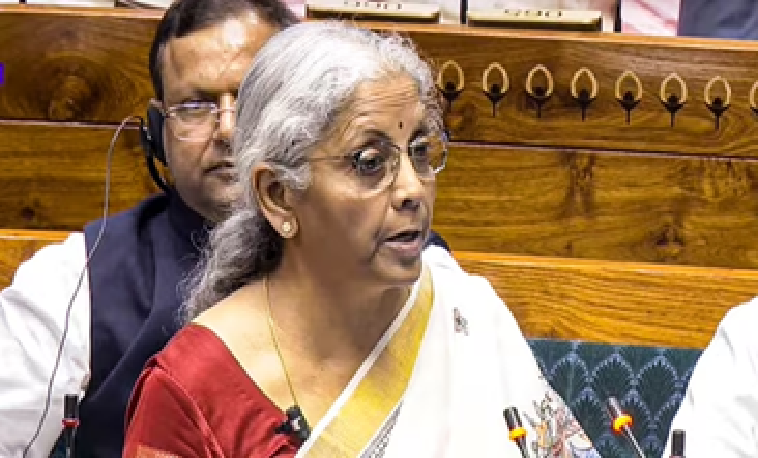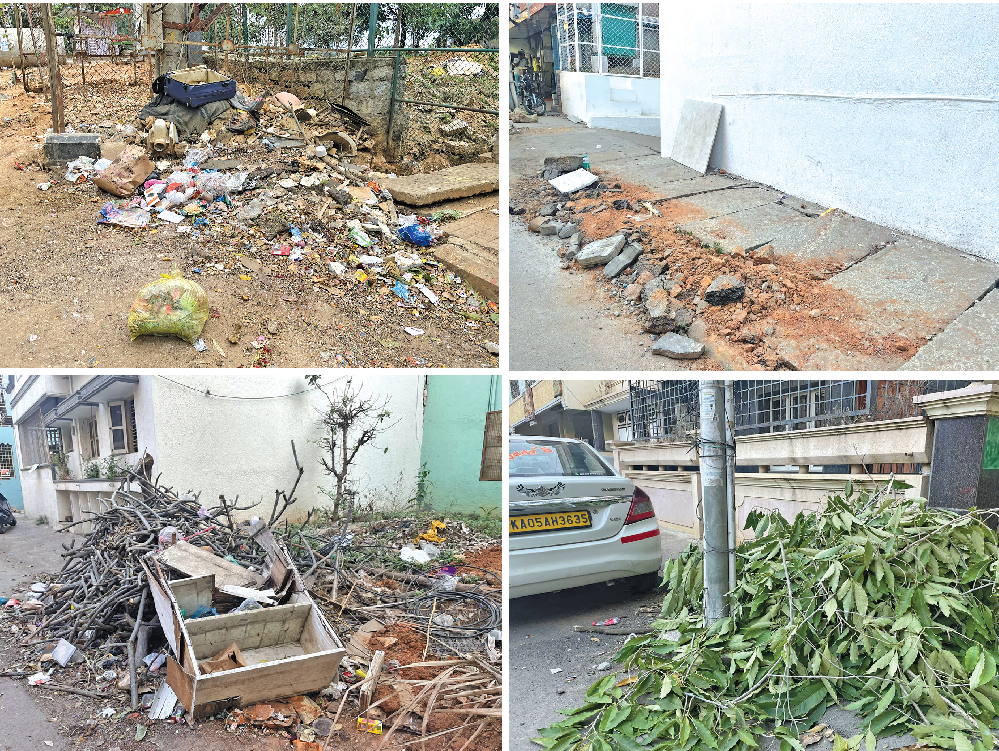
Cramped quarters, congested lanes: The struggles of Azad Nagar ward 141 in Bengaluru
Sowmya Raju | NT
Bengaluru: Bengaluru, a city with technological advance - ments, is not immune to the challenges accompanying rapid urbanisation.
Azad Nagar Ward number 141, in the west zone of the city, faces a myriad of issues that paint a grim picture of urban planning gone awry.
One of the most pressing problems in this ward is the overcrowded streets that leave no breathing space for its residents.
The lack of proper planning has resulted in a chaotic maze of cramped houses and narrow roads, making it nearly impossible for pedestrians and vehicles to coexist.
The situation is exacerbated by the absence of designated parking spaces, forcing residents to resort to onroad parking, further narrowing the already congested lanes.
The housing crisis in Azad Nagar Ward 141 is evident in the tightly packed dwellings that offer little to no ventilation. The haphazard construction of buildings has left residents grappling with a lack of fresh air and sunlight, adversely impacting their living conditions.
This not only affects the physical well-being of the inhabitants but also contributes to the dangers of in-house accidents.
Adding to the environmental woes of the ward is a small water canal, or what can now be termed a sewage canal, choked with garbage and pollutants.
This once-navigable waterway, stretching for almost 200 to 300 meters, has become a breeding ground for diseases and a potential hazard during the monsoon season.
The unplanned expansion of the area, coupled with the clogged sewage canal, results in frequent flooding, leaving residents in a perpetual state of vulnerability.
Shobha, who resides close to the canal said, “The waterway now harbours diseases, creating an inhospitable environment. Even animals can't endure it, yet here we are, grappling with the constant threat.”
She added, “Despite filing complaints, there has been no action taken by the BBMP and we have lost all hope.”
The haphazard growth of the neighbourhood, lacking proper planning and infrastructure, worsens the situation when combined with the issues related to the sewage canal.
As a result, when the monsoon season arrives, the consequences become evident in frequent floods. The unplanned expansion leaves little room for efficient drainage, exacerbating the impact of heavy rains.
With inadequate systems in place to manage rainwater and the already compromised state of the sewage canal, the excess water has nowhere to go, leading to flooding that affects the entire area.
This poses a threat to the safety and well-being of residents and highlights the urgent need for comprehensive urban planning and infrastructure development to address these issues and mitigate the impact of natural events like monsoons.
One resident said, “It is ironic how we have water logging and frequent flooding but also have water scarcity."
 English daily published in Bengaluru & Doha
English daily published in Bengaluru & Doha






